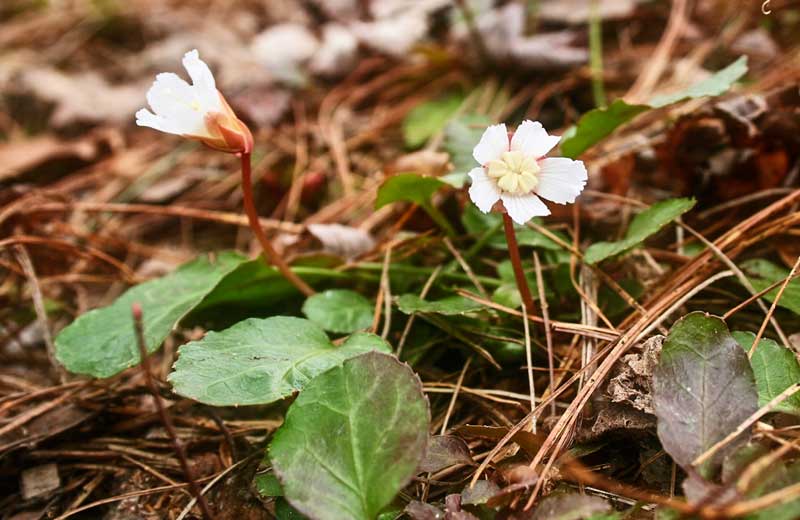We have had some incredible weather and everyone is thinking spring. Then it snows. Or we have a raw, cool day. Or there is rain. Typical New England weather is very changeable. Living in central Massachusetts the one variable we don’t have to contend with is wind blowing over a still-cold ocean keeping air temperatures low. We are lucky to get those 70 and 80 degree days periodically (yes, and sometimes even 90 degrees). Our plants and trees are ready to begin growth again. The factors that prevent buds from breaking during January thaw are gone – the phyto-hormones in the buds have worn off, the days are longer, the warm up tends to be steadier.
So, is it too early to begin working in the garden? The reason you would till or dig in the soil is to prepare it for planting, control weeds or to mix in organic matter. Soil is the basis of all life in the garden and you need to be sensitive to its condition. Mechanical work like tilling or significant digging can actually change the structure of your soils if the soil is cold and wet. This can cause the soil to become hard and unable to retain moisture and the soil becomes compacted. The best time to begin working the soil is right before you are ready to plant – and although we are tempted to get into the garden, we know that most vegetables, annuals and even perennials are not quite ready to begin growth this early. To determine the best time to work your soil, take a handful of soil and squeeze it into a ball. Press your finger against the ball, if the soil ball crumbles, it is time to till your soil – if it remains as a ball – it may be too early to dig in the soil.
If the warm weather beckons you outside it is a great time to pick up twigs, limbs and debris in the garden. Give the grass a light raking to remove thatch – or clean up the discarded shells under your bird feeder. Try not to walk on your garden soils too much at this early time – compaction could result from walking in wet soils.
Woodland gardens are often slower to start growth. Areas in town, near the warm asphalt roads or around the foundation of our homes are warmer as a result of being exposed to sun and the paved areas holding heat longer. Plants close to these areas start growth much earlier than in the woodlands. In the woods the sun is broken up by the canopy branches, there are no cement foundations or paved roads to hold the heat at night. It remains cool in these areas longer. Things will change rapidly in the coming month – as long as the weather cooperates, we will be planting in no time![lightbox link=”http://norcrosswildlife.org/wp-content/uploads/2016/03/sanguinaria-canadensis-in-short-t.jpg” thumb=”http://norcrosswildlife.org/wp-content/uploads/2016/03/sanguinaria-canadensis-in-short-t-300×200.jpg” width=”300″ align=”left” title=”bloodroot in the garden” frame=”true” icon=”image” caption=””]



